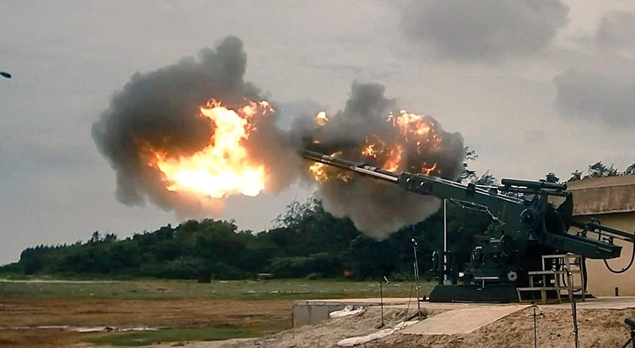Ways to prepare for AFCAT- 2016 Tips By Defence Academy Coimbatore- GK
Defence Academy Coimbatore A leading coaching academy for Sainik, Military and RIMC Schools, NDA, IMA, AFCAT SSB, FSB Interview http://www.ssbcoaching.com call 094437 20076
GK Updates- Defence News
GK Updates- Defence News
General Awareness fro AFCAT and NDA
- The Russian supercarrier design has a displacement of 1,00,000 tons, is 330 meters long and 40 meters wide, and has a draft of 11 meters.
- Powered by either conventional or a nuclear propulsion, the ship can remain at sea for 120 days and sail up to 30 knots (around 55 kmph).
- It can also accommodate a crew of up to 5,000 and can carry 80-90 deck-based aircraft.
- Krylov State Research Center (KSRC), a Russian shipbuilding research and development institute, is designing the carrier.
- India is still expected to officially announce a procurement tender for this heavy nuclear-powered aircraft carrier as it is planning to induct the new aircraft carrier in the late 2020s.
- The US, meanwhile, has offered the electromagnetic aircraft launch system (EMALS) to India, which does not include nuclear propulsion technology and is unavailable for the Russian carrier.
- EMALS is a major attraction because it is flexible and allows a variety of aircraft to come on the deck including the lighter, homemade light combat aircraft and heavy fighter aircraft.
- India is still to decide whether to buy the carrier from Russia or manufacture locally with America’s help.
TO CRACK
AFCAT- NDA- CDSE- ACC
JOIN
DEFENCE ACADEMY COIMBATORE- TO DAY BEST UPSA - SSB- FSB Coaching centre in TamilNadu
The DRDO recently successfully conducted proof firing tests of Armament system for 155 mm x 52 calibre New Advanced Towed Artillery Artillery Gun System (ATAGS). The tests were conducted as part of technical trials at Proof & Experimental Establishment (PXE) in Balasore, Odisha on 21 Jul 2016.
Here are the key facts about the ATAGS:
- ATAGS is a fully indigenous, towed artillery system initiative that is part of the Indian army’s artillery modernization program.
- It was designed and developed by Pune-based Armament Research & Development Establishment (ARDE) along with the collaboration of other DRDO laboratories.
- The Armament system of ATAGS mainly comprises a barrel, muzzle brake, breech mechanism and recoil mechanism to fire 155 mm calibre ammunitions.
- The ATAGS armament system will provide the army with a weapon to fire at longer ranges, with greater accuracy and precision.
- It has a longer firing range of 40 Kms with accuracy and precision and provides greater fire power. It also has night firing capability in direct fire mode.
- ATAGS is configured with an all-electric drive to ensure a maintenance-free, reliable operation over a longer period of time.
- It features advanced features in the areas of mobility, deployment, auxiliary power, communications and automatic command and control systems.
- The new gun will be capable of firing 5 rounds in short duration with a maximum range of 40 kilometers, depending on the ammunition type.

- The gun will be lighter than most other guns in the same category, which will assure “high mobility” and “quick deployability”. The 1999 Kargil War illustrated the utility of light-weight artillery that can be quickly deployed in mountainous regions.
- The gun’s development is part of New Dehli’s “Make in India” initiative that seeks to bolster home-grown products in a variety of sectors.
- DRDO seeks to have the ATAGS ready for user trials by early 2017.
- DRDO aims to develop the artillery gun system with the participation of private industries with the participation of Ordnance Factories, DPSUs and private industries including Bharat Forge, Tata Power Strategic Engineering Division, and Mahindra Defence Naval System.


Comments
Post a Comment